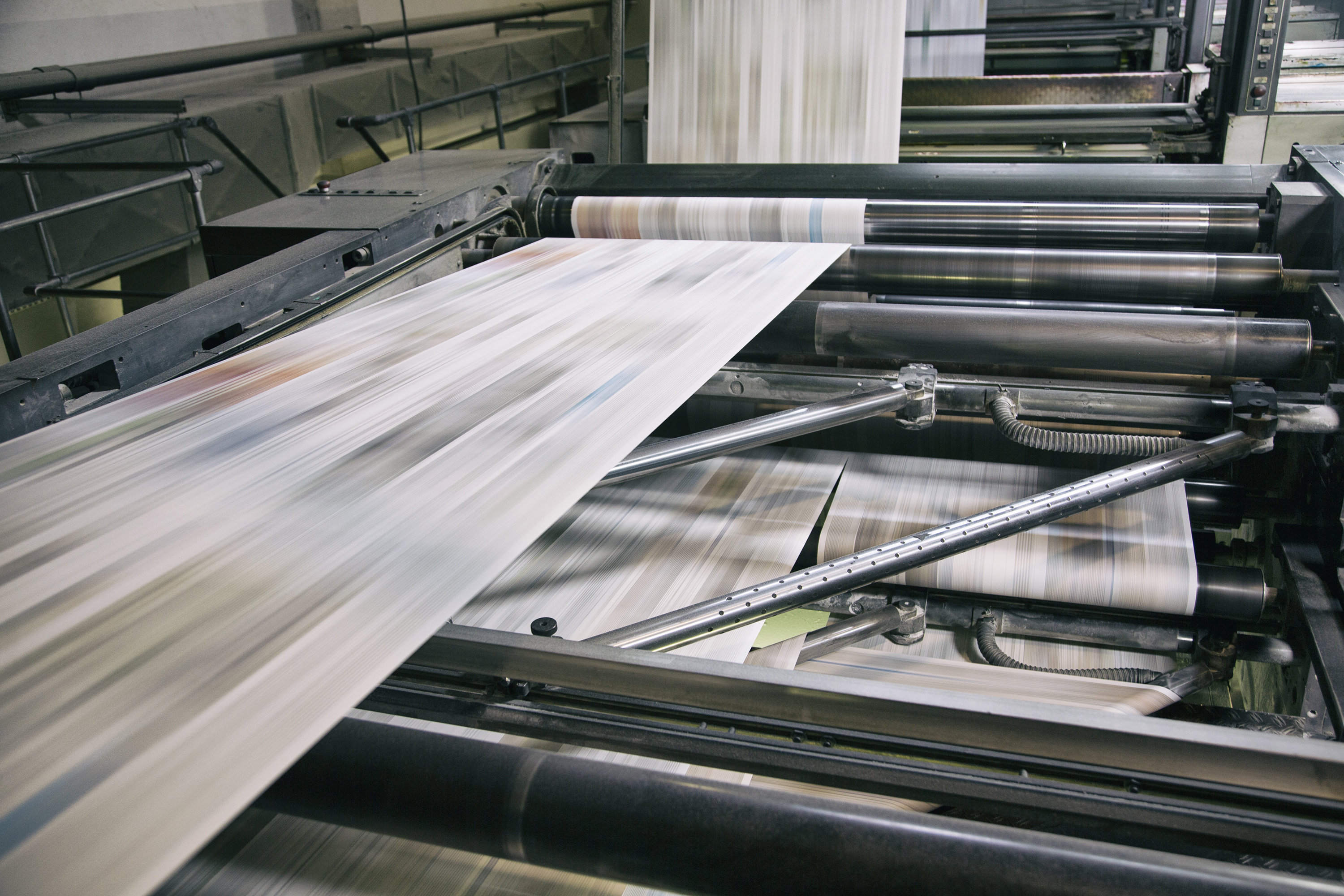Dairy’s role in the beef industry cannot be overstated. Dairy cows, steers and heifers make up 18%–22% of U.S. beef. This percentage depends on the size of the native beef herd and its contribution to the beef supply, as well as how many dairy cows change careers. In 2018, for example, dairy animals made up 21% of the total beef produced in the U.S. And between 2002 and 2018, Holstein steers contributed between 32% and 60% of Prime beef harvested.
These figures reinforce that the sale of animals for beef is a major component of a dairy farm’s revenue. The data also change the concept that a dairy’s profitability is solely based upon revenue from pounds of milk shipped. Notably, these animals can represent 10% to 20% of a dairy’s gross income.
Where's the beef?
Due to a variety of factors, dairy producers are reexamining replacement heifer management protocols to control replacement costs – which can range from $1,200 to $1,850 per head – and ratchet down heifer inventories.
Tools like genomics and selection indexes are more widely used to determine which cows will be used to generate replacement females. And reproductive management options such as sexed semen can help dairies maintain optimal replacement levels.
This shift leaves a segment of the herd that needs to produce a calf and milk but is not needed to generate a replacement animal. And it powers the dramatic increase of beef semen sales to dairy farms – from about 2 million units in 2015 to about 14 million units projected for 2024.
While these crossbred calves currently offer increased financial gains versus straight-bred dairy calves, the return may not be as high as full-blood beef calves that are the result of transferring a beef embryo into a dairy recipient.
Finding value
How can dairy farmers find the most potential income from their beef enterprise? Currently, three options are being explored within the industry.
-
Straight-bred dairy calf – This calf is sold into the beef supply chain and is generally the lowest-value calf of all the options, depending on supply and demand. As a rule, these animals are commonly sorted against by calf buyers because of lower performance in the feedyard, lower carcass yield, size inconsistency at harvest and other meat quality issues.
-
Beef-on-dairy crossbred – This is the second-highest-value calf. As the industry has learned more about this practice, there has been an emphasis on “tailoring” the sire to the type of cows in a dairy herd. Focusing on the desired outcome helps produce a high-quality feeder calf that grades and performs well on the rail. Several A.I. companies and some calf buyers have created specific programs for the beef-on-dairy market.
- In vitro fertilization (IVF) beef embryos – IVF can be used to create pregnancies using full-beef embryos in lower-merit dairy cows. The result is a full-blood beef calf for the dairy to market in the beef value chain. The practice removes dairy breeds from the equation and offers the most marketing options and potential to generate revenue. Since this practice is newer, fewer data are available regarding prices paid for calves or their performance through the various parts of the beef production system. However, the resulting calves can be retained and marketed at various points, much like a beef-on-dairy crossbred animal and have the greatest potential for a higher return on investment (ROI).
Marketing options
Beef embryos have the greatest input costs; they also have the greatest potential to generate income. Dairies have several marketing options for calves resulting from beef embryos, including:
- Sell as day-old calves
- Retain (or semi-retain) ownership
- Sell as feeders (i.e., 400 pounds)
- Maintain ownership through harvest
- Marketing agreement through a cattle feeder
Depending on market prices for day-old calves, IVF beef embryos can earn up to 30-times more than a day-old Jersey and six-times more than a day-old Holstein calf. Always use local, current values when developing an outlook scenario for your farm. Also keep in mind the volatility associated with the straight-bred dairy bull calf. The market has created a desire to move away from this structure, offering one more reason to consider alternative management and marketing practices.
Case in point, anecdotally, day-old Holstein bull calves may bring anywhere from $30–$150, depending on location and demand. Jersey bull calves often fetch significantly less. Meanwhile, Holstein-on-beef crossbred calves may bring $165–$280 and Jersey-on-beef crossbred calves range from $30–$150.
It’s not unusual for IVF beef calves to command $350-$400 at one day old. Remember that these rewards result from deliberate marketing plans and trusted relationships within the marketing chain. You may be able to obtain similar outcomes by working within the marketing chain, as well.
Consistent, excellent animal performance helps cement these marketing plans with feedlots and the harvest plant. Early results for a set of IFV calves indicate:
- 77% graded USDA Choice or Choice-plus
- 22% graded USDA Prime
- 3.2-4-pound average daily gain (ADG)
- $130 premium from the harvest grid
To sum it up, all of the factors outlined add up to a distinct advantage to a dairy’s bottom line. Packers and feedlots are searching for consistent, year-round sources for these animals. The dairy chain offers the ideal system to meet this need.
References omitted but are available upon request. Click here to email an editor.









